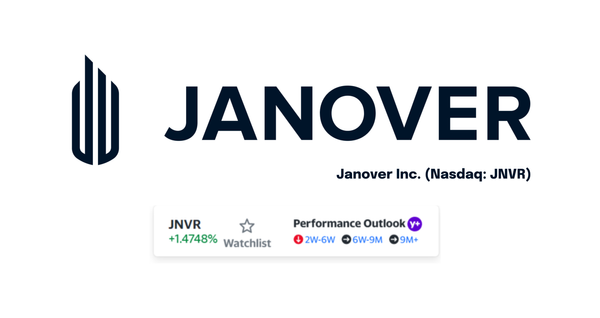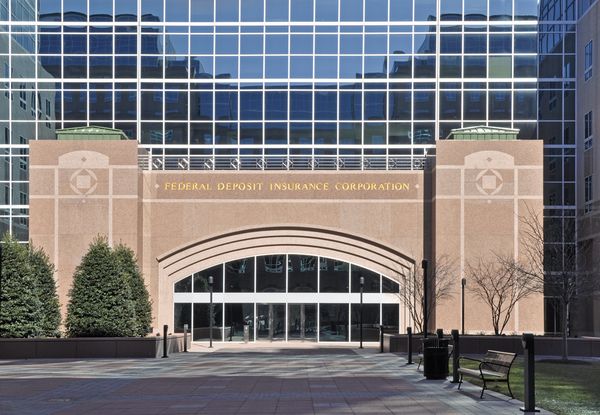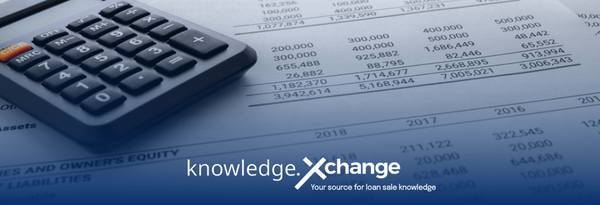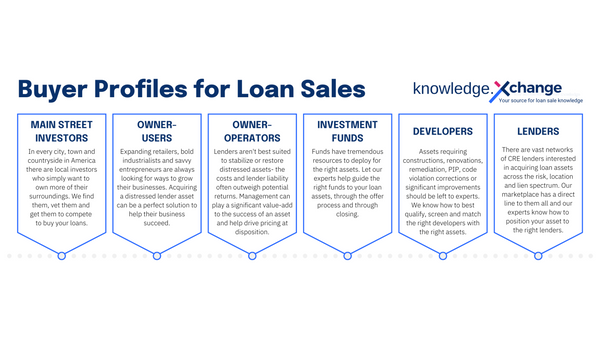“Made As Instructed” Appraisals: Avoiding the Distressed Loan Value Myth

Banks and credit unions account for nearly half of the more than 10,000 commercial real estate lenders (CRE) in the marketplace. Surprisingly, many don’t have an accurate or effective way to determine the cash value of their non-performing loans (NPL), despite being required to constantly monitor NPLs for regulatory and reporting compliance. In the absence of other options, you are probably going to fall back on distressed property valuation methodologies that you already know and are most comfortable with.
Will the valuation you receive be accurate? No—and that’s the myth about certified appraisers and distressed CRE loans.
Typically, you would work with a certified Member of the Appraisal Institute (MAI) or other appraiser to assess the value of the NPL and the underlying collateral. All financial institutions are required by federal law to pay an independent third-party expert to evaluate the real property that secures a loan or mortgage, of course, and that requirement pertains to distressed properties, too. If you’re like most CRE lenders in this position, you’ll assume an MAI appraisal is the only option and pony up the $3,500 to $5,000 to generate a new one. It’s like throwing on a comfortable old sweater.
What’s wrong with a certified MAI appraisal?
The biggest issue with a traditional appraisal is the huge delta between a property’s value at loan origination and the actual cash value of the loan note once it enters distress. That is, there’s a reason some CRE professionals refer to MAI as “Made as Instructed.” Appraisers are professionally bound to keep their experience or subjective experience out of the valuation equation, but may feel compelled to create appraisals that match the outlook of the client.
Aside from the possibility of bias, the reality is that an MAI appraisal isn’t designed to assess loan value, or even the as-is value of the distressed collateral. An MAI appraiser analyzes a commercial property using three approaches—income, cost, and comparable sales—backed by boilerplate analytics from sources like Moody’s. Federal regulations mandate accrual-basis accounting methods to consider current and expected credit loss (CECL) allowances for loan and lease losses (ALLL) and other standard accounting analyses. For an NPL, a typical MAI appraisal using accrual-basis accounting will produce an estimated current book value for the collateral—not loan note value—after applying an arbitrary 30% liquidation or “fire sale” discount for the collateral upon completion of the foreclosure process.
Most important, MAI commercial appraisals don’t evaluate NPLs on the basis of how much a cash buyer would actually pay for the NPL or whether the property houses a going concern business, such as a hotel, nursing home or a gas station that factors into the value. When factoring in the appraisal and the compliance requirements, what you’re evaluating are essentially different interests at different points in time.
In short, MAI appraisals are based on limited information, lack the context specific to the situation and ultimately restrict the depth of information that an appraiser can access and analyze—information that is critical to accurately determine the value of an NPL. Therefore, internal underwriting is likely to lead you astray with an inaccurate value and unrealistic hopes that the origination value is still achievable.
The doctor is in: diagnosis before cure
Many appraisers and firms can underwrite commercial properties for compliance, but lack the expertise to evaluate an NPL on a cash basis. They excel at underwriting loan originations, but fall short when it’s time to get out of a loan.
A commercial appraisal typically fails to deliver accurate estimations of loan value because the appraiser usually lacks the information needed to identify the systemic and very specific reasons why a loan entered distress. It stops short with comparable sales, and disregards social, political, and environmental factors, as well as hyper-local market intelligence. A typical MAI appraisal offers no insight into the labor pool, and the appraiser lacks access to any insights that can help create a more accurate valuation of a failing business.
What you really need is a custom loan evaluation that supplements traditional appraisal approaches with a highly intelligent deep dive. That’s why we built a FREE distressed loan valuation tool that you can use to uncover the true potential of your NPLs. It’s part of our complete platform of tools and services, including our cloud-based LenderDirect self-service software, that help lenders maximize recoverable cash from distressed CRE loans.
Does your Special Assets team handle loan sales internally? LenderDirect is your self-service loan sale solution which will add an extra 75,000+ interested buyers to your go-to list of 10 (with no commissions). Click HERE to learn more.





















